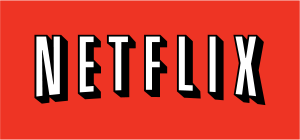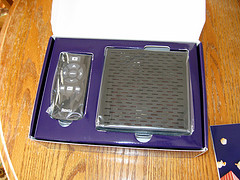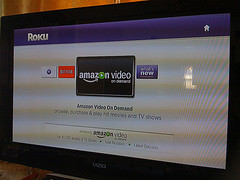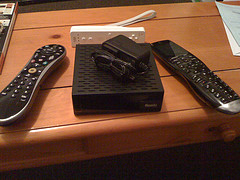 We’ve had a long road in cloud music. Back in December of last year, we compared the limitations of Google Music to that of Amazon MP3. At the time, Google won. The Amazon web player was not feature filled, the Google Music interface won, for ability to enter metadata, among other things.
We’ve had a long road in cloud music. Back in December of last year, we compared the limitations of Google Music to that of Amazon MP3. At the time, Google won. The Amazon web player was not feature filled, the Google Music interface won, for ability to enter metadata, among other things.
But that has changed. Amazon announced a new revamped cloud offering. The most significant innovation is one that iTunes already offers, and that Amazon will now as well. Amazon will scan music libraries and match the songs on their computers to their catalog. All matched songs – even music purchased elsewhere or ripped from CDs will be made instantly available in Cloud Player as 256 Kbps audio.
Cloud Player now allows editing of metadata inside the player, a feature Google has had for some time.
Amazon Cloud Player is expanding to the Roku Box.
And, unlike previously, music purchased prior to the announcement of Amazon Cloud Player will now be available in your box. This was always a pet peeve, as Amazon knew the music was purchased…you bought it from them.
The new Cloud Player offers two options.
- Cloud Player Free – Store all music purchased from Amazon, plus 250 songs.
- Cloud Player Premium – Store up to 250,000 songs for $25 a year.
Amazon Cloud Player is now separate from Amazon Cloud Drive. Drive will now be used exclusively for file storage. 5GB is offered free, and 20GB is available for $10 per year.
In both cases, this is a compelling offer. However, there are some things missing. No Linux client for the desktop apps for either Drive or Player. No API for third-party development, which we’ve mentioned before.
How does this compare to Google Music? Google Music, since we last visited it, sells music itself…offers limited download functionality, and still has several limitations. Amazon is looking a lot more compelling.
Related articles
 Amazon updates Cloud Player with scan and match audio upgrades, splits service into free and premium tiers(theverge.com)
Amazon updates Cloud Player with scan and match audio upgrades, splits service into free and premium tiers(theverge.com)
 Amazon Updates Cloud Player: Scan & Match Imports, 256 Kbps Audio Upgrades, Premium Accounts(techcrunch.com)
Amazon Updates Cloud Player: Scan & Match Imports, 256 Kbps Audio Upgrades, Premium Accounts(techcrunch.com)
 Amazon cloud music player lines up label licenses(teleread.com)
Amazon cloud music player lines up label licenses(teleread.com)
 Amazon updates Cloud Player with 256 Kbps matched files, faster import, direct delivery(engadget.com)
Amazon updates Cloud Player with 256 Kbps matched files, faster import, direct delivery(engadget.com)












![Reblog this post [with Zemanta]](http://img.zemanta.com/reblog_e.png?x-id=7e072992-a120-4781-8f83-cf3e1ecb9ade)


![Reblog this post [with Zemanta]](http://img.zemanta.com/reblog_e.png?x-id=a3d0c5d0-e8fe-4b80-a250-da8f4847005e)


![Reblog this post [with Zemanta]](http://img.zemanta.com/reblog_e.png?x-id=ce2a1855-f09e-4654-b7ce-47df822eaf63)